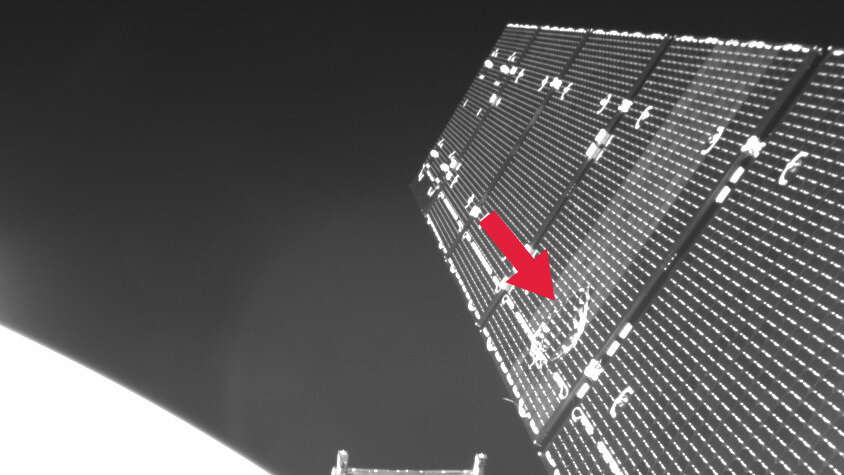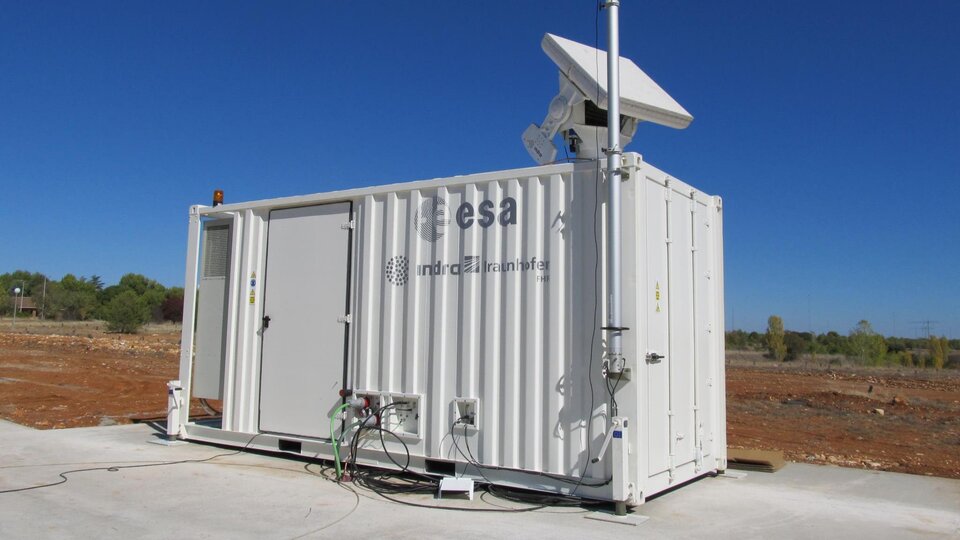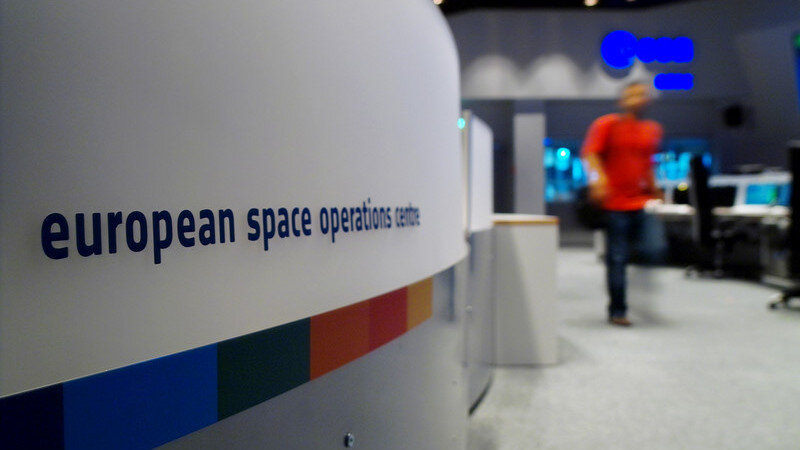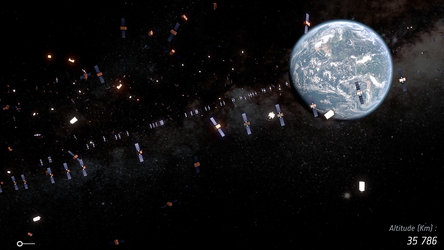Space Surveillance and Tracking - SST Segment
Today, space debris is one of the principal threats to satellites. Our satellite-based infrastructure is essential for a multitude of services on which all of us rely in our daily lives, from meteorology and communications to global transport of goods and passengers.
It is estimated that there are more than 750 000 debris objects larger than 1 cm in Earth orbit, any of which can damage operational satellites. For many missions, the risk of losing a spacecraft through impact with space debris is the third highest, after the risks associated with launch and deployment into orbit.
To avoid collisions with space debris, the orbits of objects in space must be known. This requires a system of sensors comprising, typically, radars, telescopes and laser-ranging stations, and a data centre to process the acquired observation data.
As part of the Space Situational Awareness Programme, ESA is conducting research and developing technologies for systems that can find and track space debris and issue an alert when evasive action may be necessary.
Observing human-made space objects
A Space Surveillance and Tracking (SST) system detects space debris, catalogues debris objects, and determines and predicts the their orbits.

The data generated by an SST system can be used to predict hazards to operational spacecraft, such as a potential collision with a debris object, or to infrastructure on ground, such as from a reentering object.
Most simply, any SST system can be considered as a ‘processing pipeline’ to process observation data acquired by sensors – the telescopes, radars or laser-ranging stations mentioned above – and provide derived applications and services, typically comprising collision warnings.
The central product of an SST system is an object catalogue, which must contain up-to-date orbit information for all objects over a certain size threshold.
SST segment
In the SSA Programme’s SST ‘segment’, ESA is combining the research and development activities related to hardware, software and networking that support SST.

The core of the SST segment is an updated catalogue, which contains information about the detected objects, such as their orbits and physical properties. To produce such a catalogue, several steps must be executed:
- Check to see if the detected object is already in the catalogue (correlation)
- Determine (if a new object is detected) or update (for an object already in the catalogue) the orbit from the sensor data (orbit determination)
- Monitor the catalogue data to periodically schedule new observations
Once a catalogue of all detectable objects that orbit Earth has been created and is being maintained, different services can be provided:
- Conjunction predictions: issuing warnings for potential collisions (a 'conjunction event' is a close approach between two objects) between operational spacecraft and space debris
- Fragmentation detection: determine when a fragmentation event has occurred, either due to a collision or due to an explosion (possibly caused by a discarded rocket stage that still contains fuel or charged batteries) and estimate the evolution of the fragment cloud and the associated risks
- Reentry prediction: determine the orbital lifetime and compute the reentry date and trajectory
SST team

ESA’s SST team is based at ESOC, the European Space Operations Centre, Darmstadt, Germany, and is working closely with an extensive network of industry experts, sensor operators, scientists and engineers across Europe, supported by additional teams within the Agency.
Since space surveillance is a global concern, the SST segment also works closely with European and international partners. The SST segment is very active in the technical standardisation field, in particular in cooperation with the Consultative Committee for Space Data Systems and the CEN/CENELEC − European Committee for Standardisation.
SST system development overview
During the 2013-16 period of ESA’s SSA programme, prototype SST systems were developed and deployed. Owing to the continuously evolving SST landscape in Europe, the concept of an 'Expert Centre', a central node that would tie together a loose network of sensors, was further defined.
Currently, ESA’s SST segment is focusing on integrating and testing SST software. For the current 2017–20 period, establishing a community approach for the SST core software is foreseen.
ESA’s SST core software consists of:
-
Back-end data processing:
– A data processing chain, from observations to orbits
– Sensor planning system – schedules observations
– Object database
-
Front-end services:
– Reentry Prediction System
– Fragmentation Analysis System
– Conjunction Prediction System
– Catalogue Query System
Further information on the components is available via https://sst.ssa.esa.int.
SST segment activities 2017-20
Based upon progress within the SSA programme during 2009-16, the following main areas will be in the focus of the SST segment for 2017–20:
- Further develop SST networking technologies and conduct additional qualifications of national assets, including radars, optical telescopes and laser-ranging systems
- SST data processing and application development, following a ‘community approach’ to the SST core software, which helps avoid duplication, ensure interoperability and reduce cost while allowing closed-source national tailoring according to specific needs
- SST sensor development, primarily on the ground, but also addressing further conceptualising of a space-based optical telescope as a hosted payload or a demo mission
- Simulate the performance of SST architectures and develop data exchange standards
- Cooperation with the EU and international partners
These activities are being carried out in a step-wise approach, seeking to correctly understand the conditions needed for each subsequent step and reducing the potential risk on time, scope and financing as the programme progresses.






